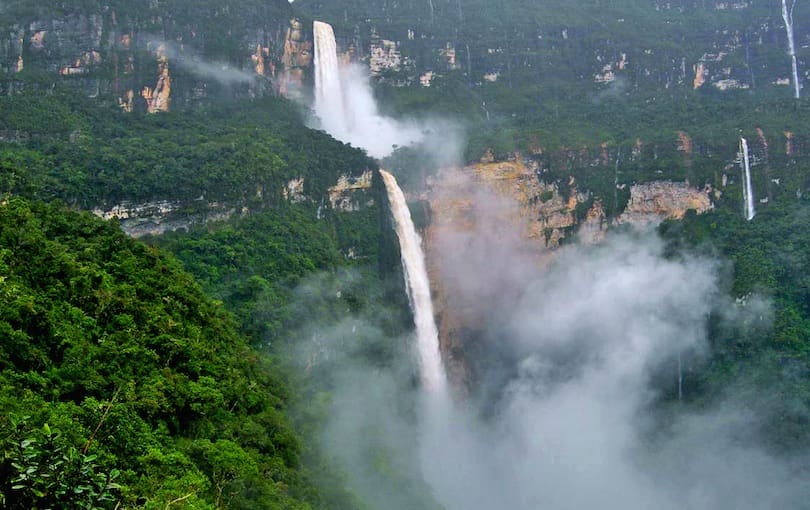Palani Hills Wildlife Sanctuary and National Park is a protected area located in the Palani Hills of the Western Ghats in Tamil Nadu. The sanctuary is spread across an area of 736.87 square kilometers and was declared a national park in 2008. The sanctuary is home to a diverse range of flora and fauna, making it a popular destination for nature lovers and wildlife enthusiasts.
Flora and Fauna:
The sanctuary is home to a variety of endangered species including the lion-tailed macaque, Nilgiri tahr, Indian pangolin, and Indian rock python. Other mammals found here include sambar deer, Indian muntjac, Indian porcupine, sloth bear, wild boar, and Indian giant squirrel. The sanctuary is also home to over 330 species of birds including the grey junglefowl, Indian robin, Indian blue robin, Malabar trogon, and black-headed cuckooshrike.
The flora of the sanctuary is equally diverse, with over 2000 species of flowering plants, 230 species of ferns, and 100 species of orchids. Some of the tree species found here include the Indian laurel, blackwood, and ebony.
Activities:
The sanctuary offers several activities for visitors including trekking, bird watching, and wildlife safaris. Trekking is a popular activity, with several trails offering panoramic views of the surrounding hills and valleys. The Kodaikanal-Munnar trek is one of the popular trails, which takes visitors through forests, grasslands, and shola forests.
The sanctuary also has a watchtower near the Kukkal Cave temple, which offers stunning views of the surrounding hills and valleys. Visitors can also take a safari through the sanctuary, which offers an opportunity to see some of the wildlife found here.
How to Reach:
The sanctuary is located about 120 kilometers from Coimbatore, which is the nearest major city. The nearest airport is Coimbatore International Airport, which is well connected to major cities in India. The nearest railway station is Palani Railway Station, which is located about 35 kilometers from the sanctuary. Visitors can hire a taxi or take a bus from Coimbatore or Palani to reach the sanctuary.
Tips for Visitors:
- Wear comfortable and sturdy shoes for trekking and hiking.
- Carry binoculars and a camera for wildlife watching and bird watching.
- Wear light-colored and loose-fitting clothes to stay comfortable in the hot and humid weather.
- Carry a water bottle and snacks for the trek.
- Respect the wildlife and their habitat by not littering or disturbing the environment.
FAQs:
- What is the best time to visit Palani Hills Wildlife Sanctuary and National Park?
The best time to visit the sanctuary is between the months of October and May when the weather is pleasant and the chances of wildlife sightings are high.
- Is it safe to trek in the sanctuary?
Yes, it is safe to trek in the sanctuary. However, it is advisable to go with a guide and take necessary precautions.
- Can we camp inside the sanctuary?
No, camping is not allowed inside the sanctuary.
- Are there any accommodation options inside the sanctuary?
No, there are no accommodation options inside the sanctuary. However, visitors can find several options in nearby towns and cities like Kodaikanal and Palani.
Conclusion:
Palani Hills Wildlife Sanctuary and National Park is a treasure trove of biodiversity, offering visitors a chance to explore the rich flora and fauna of the Western Ghats. From trekking and wildlife watching to bird watching and safaris, the sanctuary offers several activities for visitors. If you are a nature lover or wildlife enthusiast, a visit to Palani Hills Wildlife Sanctuary and National Park should definitely be on your list.















I’m really loving the theme/design of your site.
Do you ever run into any web browser compatibility issues?
A small number of my blog readers have complained about my site not operating correctly
in Explorer but looks great in Safari. Do you have any solutions to help fix
this issue?
I view something genuinely special in this internet site.